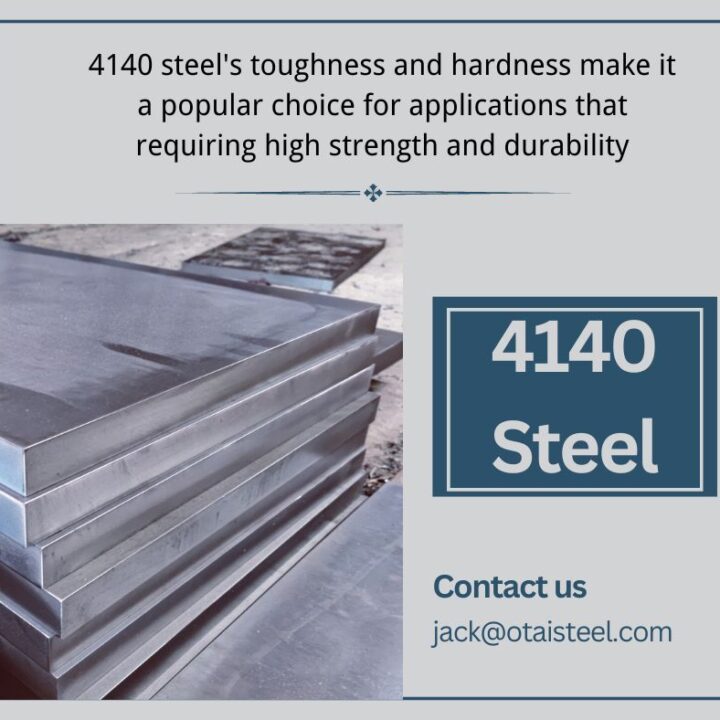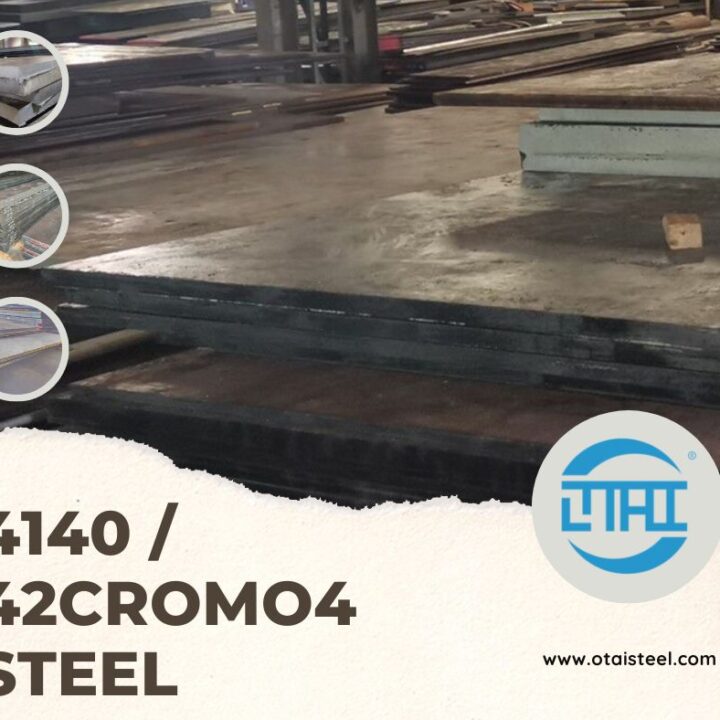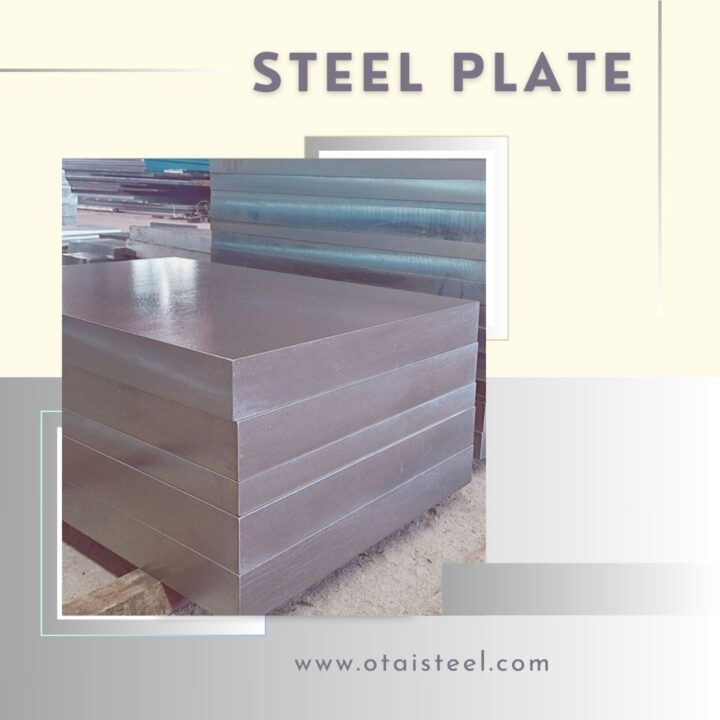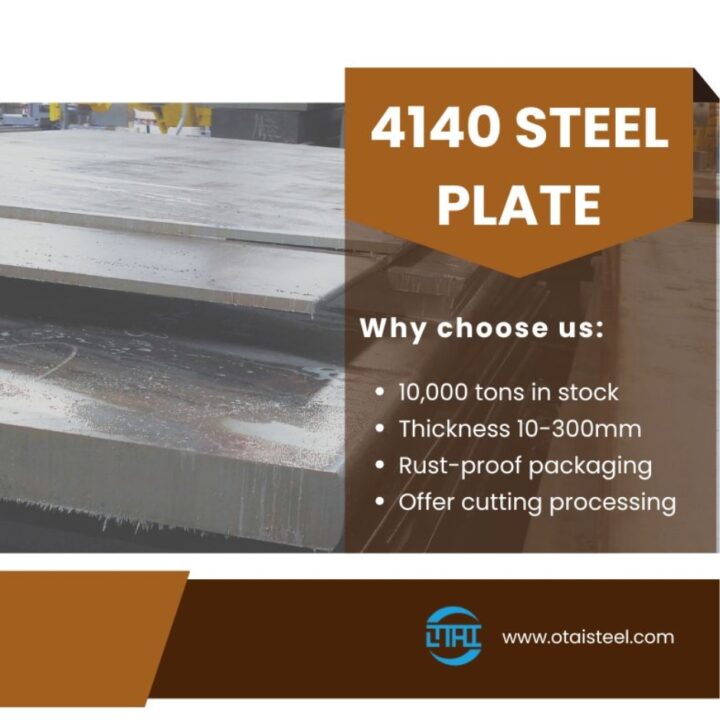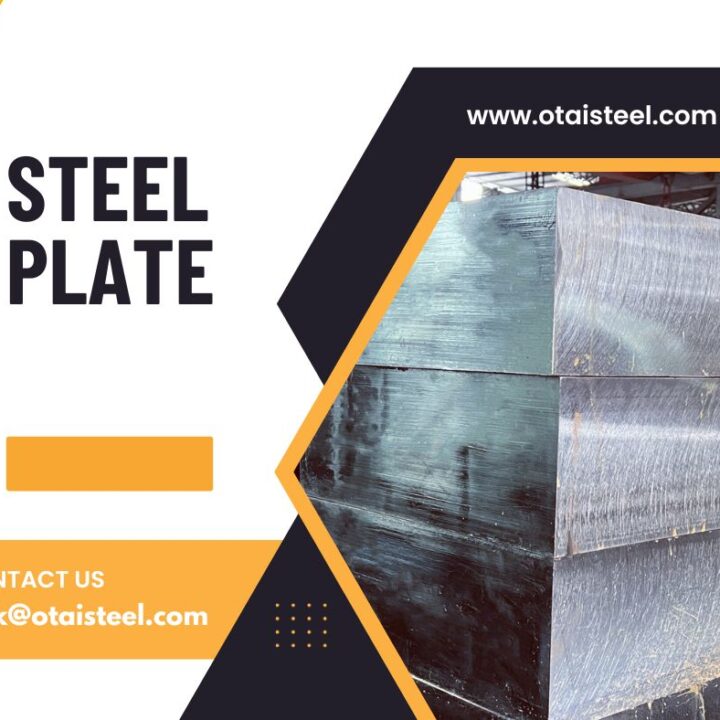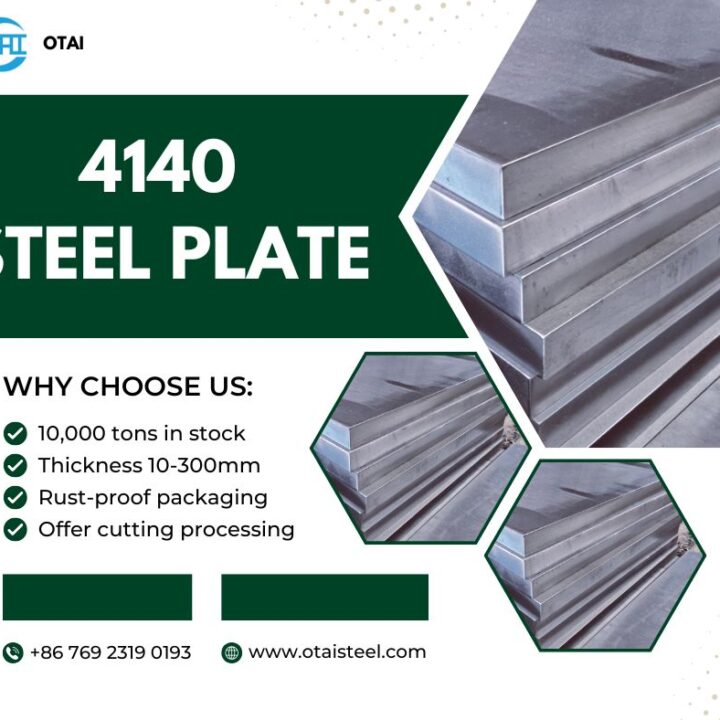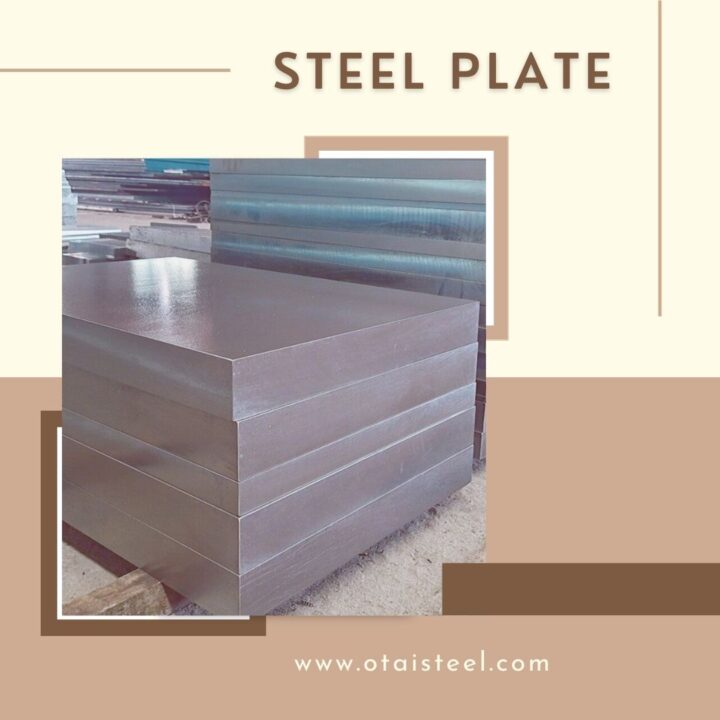Fatigue Behavior and Life Prediction of 4140 Steel under Cyclic Loading Conditions
When materials are subjected to cyclic loading, they can fail at stress levels considerably lower than their ultimate tensile strength. This phenomenon, known as fatigue failure, occurs due to the accumulation of microstructural damage caused by repetitive loading and unloading cycles. Fatigue failure can have severe consequences, leading to catastrophic failures in critical components. Therefore, understanding the fatigue behavior and predicting the fatigue life of materials is of utmost importance.
Understanding Fatigue Behavior in Materials
Fatigue behavior in materials is characterized by the relationship between stress amplitude and the number of cycles to failure. This relationship is typically represented by an S-N curve, which illustrates the stress-life relationship. Fatigue failure is often categorized into two regions: the high-cycle fatigue (HCF) regime and the low-cycle fatigue (LCF) regime. In the HCF regime, the failure occurs after a large number of cycles. While in the LCF regime, failure occurs at a relatively small number of cycles.
Fatigue Strength and Endurance Limit
The fatigue strength of a material represents the maximum stress level at which it can endure a specific number of cycles without failure. It is commonly determined through experimental testing, where specimens are subjected to cyclic loading until failure occurs. The endurance limit, on the other hand, refers to the stress level below which the material can theoretically withstand an infinite number of cycles without failure. The endurance limit is relevant in applications where components are subjected to a large number of cycles.
Practical Considerations for Enhancing Fatigue Life
To improve the fatigue life of components made from 4140 steel, several practical considerations should be taken into account:
Proper Heat Treatment
Appropriate heat treatment processes, such as quenching and tempering, should be employed to achieve the desired microstructure and mechanical properties in 4140 steel. Careful control of cooling rates and tempering parameters can optimize the material’s fatigue resistance and enhance its overall performance.
Surface Treatment and Finishing
Implementing suitable surface treatment techniques, such as shot peening or nitriding, can introduce compressive residual stresses and improve the fatigue strength of 4140 steel. Additionally, high-quality surface finishing practices, include deburring and polishing. It should be employed to minimize stress concentration and potential initiation sites for fatigue cracks.
Design Optimization
Design plays a crucial role in enhancing the fatigue life of components. Incorporating fatigue-reducing design features, such as fillets, smooth transitions, and optimized geometries. It can minimize stress concentrations and improve the load-carrying capacity of 4140 steel parts. Advanced techniques like finite element analysis (FEA) can aid in identifying potential stress concentration areas and optimizing component designs for superior fatigue performance.
Conclusion
The fatigue behavior and life prediction of 4140 steel under cyclic loading conditions is influenced by various factors. It includes microstructure, heat treatment, surface conditions, and loading parameters. Understanding the correlation between these factors and fatigue performance is essential for ensuring the reliability and longevity of components made from 4140 steel. By implementing proper heat treatment, surface treatment, and design optimization techniques, the fatigue life of 4140 steel can be significantly enhanced. It contributes to safer and more durable engineering applications. (Life Prediction of 4140 Steel)

